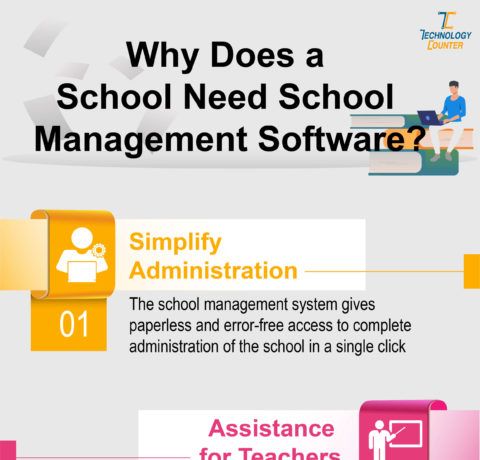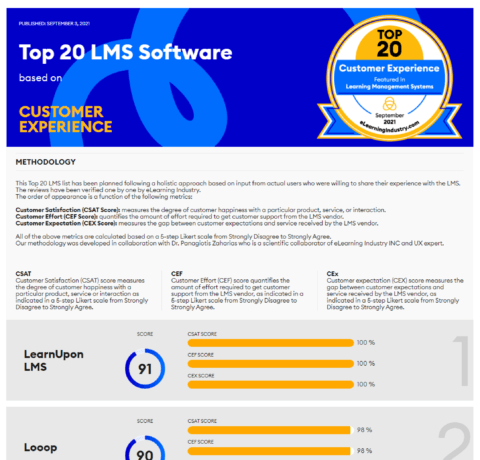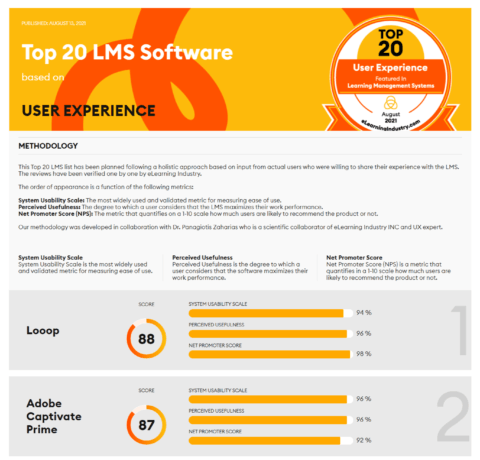How Technology Transforms Classrooms Infographic
Technology has changed the way we operate in our day-to-day lives. From driving to work to cooking in the kitchen, from the way we do research to the ways we entertain ourselves, all of us are affected by technology. The classroom has not been exempt from changes in technology. The How Technology Transforms Classrooms Infographic shows ways in which technology can help students and teachers, both inside and outside of the classroom.
1. Increased Technology Use
As of 2009, the National Center for Education Statistics with the Department of Education report that
- 97% of teachers having at least one computer in their classroom.
- 93% of computers located in the classroom have Internet access for student and teacher use.
- the student to computer ratio in schools is 5.3 to one.
Teaching Benefits
Teachers and students are both finding that increased technology availability and use are producing positive outcomes in the learning environment. For teachers in the Pre-K to 12th grade range, 74% say technology has helped them reinforce and expand the content they are teaching. Nearly two-thirds of teachers say that the use of technology in the classroom allows them to show something they are not able to demonstrate in a different way. However, only about half of teachers report using technology for online lesson planning. About half of all teachers allow students to access web-based educational games and activities for learning in the classroom.
Advanced Placement, National Writing Project Classes and Technology
Technology is being used in the classroom and making a difference. In fact, 92% of Advanced Placement and National Writing Project educators report that the Internet has a “major impact” on their ability to easily access learning content, resources, and materials. In the same groups of teachers, 73% also state that they or their students use mobile devices to complete assignments inside of the classroom.
Student Writing and Technology
According to majority of students and teachers, digital technologies allow students to share their writing abilities and work with a wider and more varied audience. In fact, 52% strongly agree with that statement. In addition, 79% of writing students agree that tools in technology encourage greater collaboration with other students. Digital technology also encourages student creativity and personal expression, according to 78% of students.
2. Mobile Devices
According to recent studies, mobile devices also have many benefits in the classroom. These benefits include reducing the amount of paper used by students, helping absent students keep up with their missed work, engaging more students and on a higher level, and apps that cover a wide age-range, learning styles, and many different topics. In fact, schools in the United States were slated to buy more than 3.5 million tablets at by the end of 2014. By the end of 2015, it is projected that 45 states will be testing via electronic devices. This is due, in part, to the transition to the Common Core curriculum.
Mobile Apps
Some initial testing shows that students who use apps perform better than those who do traditional textbook learning. Apps are also available for smart phones and tablets that give homework reminders and to help track the progress on assignments and projects.
Homework use
Almost a third of students surveyed reported using a tablet for homework, while 65% reported using a laptop for homework. Furthermore, 39% of 14 year olds reported using a smart phone to complete their homework, 42% of 6th graders used them, while 57% of 8th graders did the same.
3. Flipped Classrooms
Technology is also changing the way students and teachers receive, process, and use information to meet learning goals and standards. Instead of traditionally hearing a lecture while at school and then doing homework to complete an activity based on the lecture, the process is now changed. Students watch a short recorded video lecture as their homework. Then they come to class and get help with projects or activities, or take an exam. For students who struggle with learning, this new process allows them to truly learn information, not simply memorize it.
4. Creative Homework Approaches
Connecting Parents Online
Another benefit to technology in the classroom is that parents can be more involved. Many schools have an interface or learning management system in place that allows parents to view homework assignments and their own child’s progress.
Integrating Social Media
Social media can also help students think outside the box when it comes to learning. Many teachers have also let their students design their own homework and have more involved assignments with the help of technology.







You can adjust your cookie preferences here.